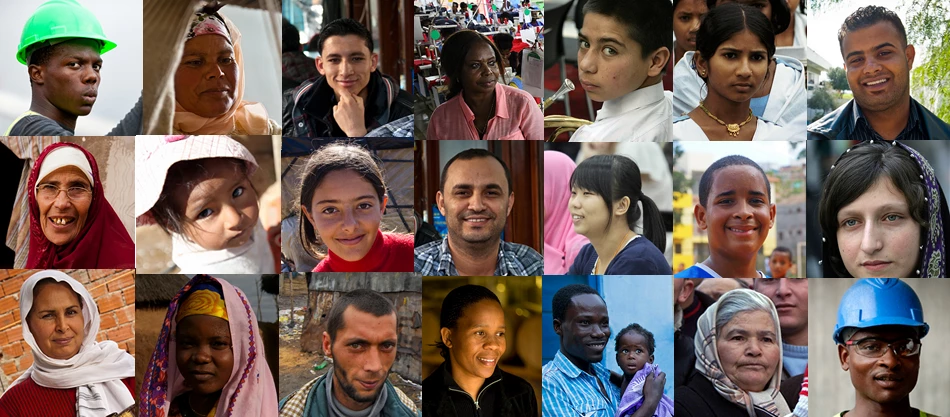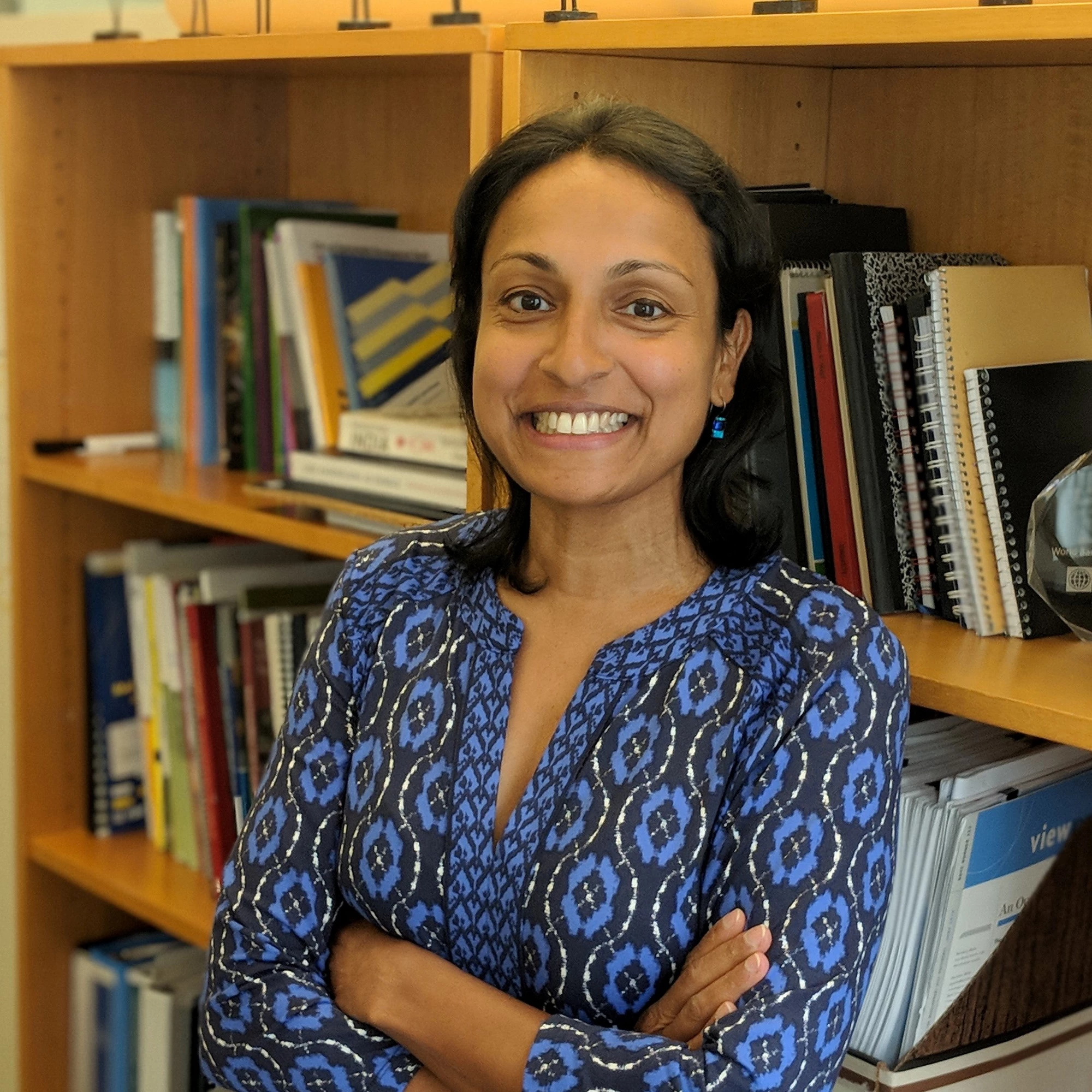Having a formally recognized form of identity provides the poor and vulnerable with the opportunity to climb out of poverty. This is critical for achieving a wide range of development outcomes: from opening a bank account and paving the way for broader financial inclusion to accessing education services, tracking childhood vaccinations, and empowering women. It can also strengthen the efficiency and effectiveness of the state in providing critical services, such as government to person (G2P) payments, and reduce unnecessary waste of resources through better targeting.

With the advances in technology including biometrics, data management, and the ubiquity of mobile connectivity, there is an unprecedented opportunity to deliver services faster and more efficiently than ever before. And a country like India has also shown how, with these advances, a unique identity can be done at a scale not previously possible.
To reach the transformational potential of digital identification, the World Bank Group launched the Identification for Development (ID4D) initiative to support progress towards identification systems using 21st century solutions. We are shaping country priorities through technical assistance, financial support and global expertise. At present we are engaged with approximately 20 countries – either supporting through financial and technical advice, or through our assessment to determine gaps and help develop a forward looking roadmap.
Yet, to realize this potential and provide identification to millions of “invisible” people across the world, collective action is needed on three critical enablers:
First, decisive political leadership is key to address under-registration and expand universal and inclusive coverage of identification for all. Governments can work to reduce barriers to registration through intentional efforts such as reaching remote communities (as in Peru) or easing the process for women through female-only enrollment centers (as in Pakistan). Governments also need the political will to align investments into a single or integrated identification system that can be leveraged for a range of functions. Unfortunately, we often see fragmented identity management systems, with each line ministry or agency creating its own databases, sometimes with duplicative, expensive biometric enrollment efforts.
Second, if a single unique digital identity can be linked to enough demand side uses, coverage will broaden and those services can reach the intended beneficiaries more effectively, potentially saving significant resources by avoiding duplication and fraud. In Pakistan, for example, the Benazir Income Support program, one of the largest social safety net programs in South Asia, was linked to the national ID system with the help of the World Bank. By leveraging national identification and effectively targeting female heads of household, coverage of the national ID program increased by more than 70% of the adult population, and by 95% increase in the coverage of women. And, most importantly, the program provided direct cash transfers to women for the first time, which also increased their participation in household decision-making, and channeled funds toward children’s nutrition and education.
And thirdly, we need to build a partnership model between governments, private sector and development partners to shape a shared vision and common principles for robust identity systems to benefit all, but particularly the poor. For example, we should all stand together to pursue the use of minimum international standards, suitable and cost efficient technology and vendor neutral approaches to avoid “lock in” situations that could result in escalating costs. This week at the Mobile World Congress (MWC), we are beginning to build a partnership platform to convene public and private stakeholders to develop a shared vision and agree on key principles in this emerging agenda. Starting here at the MWC, we are working with others – GSMA and Secure Identity Alliance -- on a joint discussion paper to begin the process of building a shared vision. We invite others to join us as we embark on developing this partnership platform.
It is clear that to confront this critical and multidimensional challenge, we need a multi-sectoral and public-private response across the developing world. Our joint efforts with our partners, along with strong leadership and political will, aim to embrace the technological opportunities for the benefit of the 1.5 billion un-registered individuals.


Join the Conversation